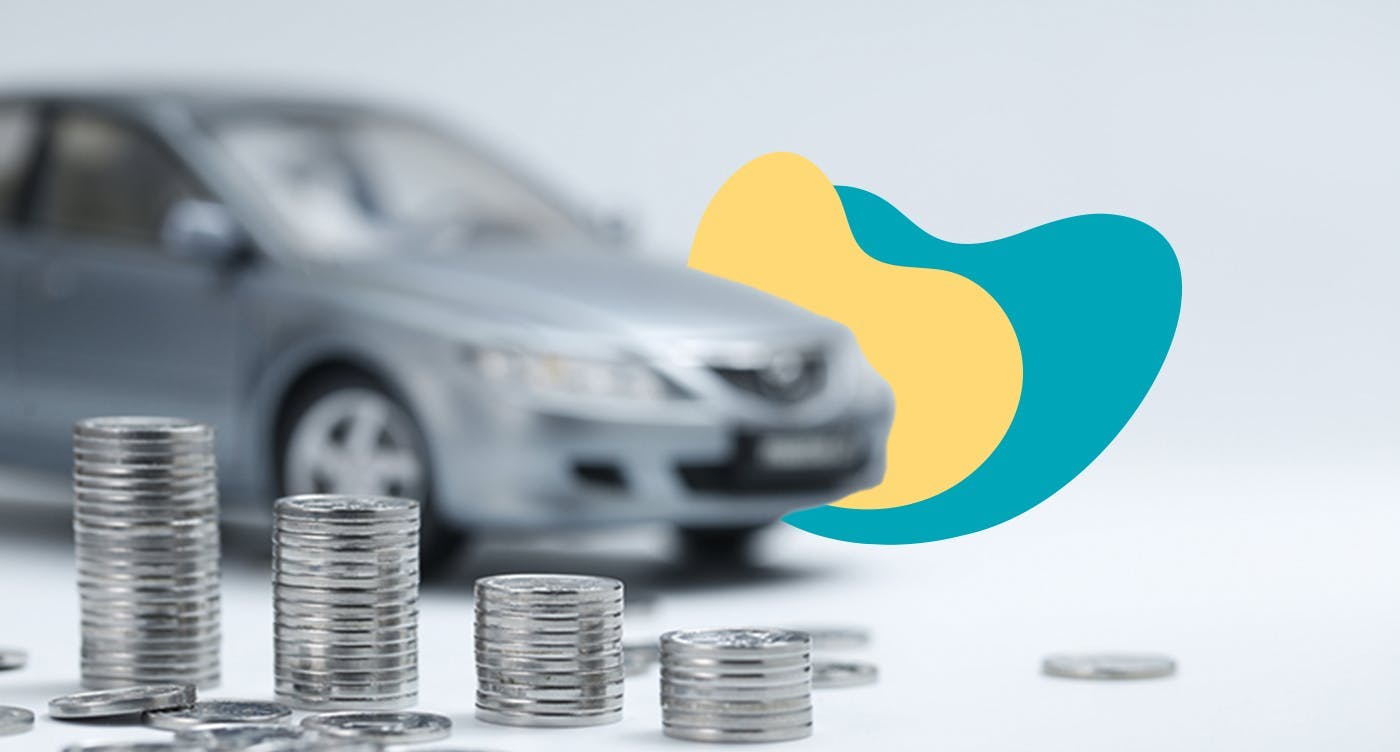FINANCIAL LITERACY • 21 JANUARY 2020 • 7 MIN READ
What is depreciation and what’s it for?

As a non-accountant working in an accountancy firm, I thought it would be beneficial to at least get a slightly better understanding of what the accountants do, so I dutifully signed up to an Introduction to Accounting course.
And it’s way more interesting than I thought!
So that’s where this blog comes in; I’m currently learning about depreciation – a term that I have heard lots in the virtual corridors of Beany, and to be honest, I didn’t really pay very much attention to it. When I suggested a blog on it, it was put forward that a non-accountant would be the best person to write it.
Right – the explanation
Every business has assets i.e. stuff. Some of it is ‘current’ which means it will be consumed within 12 months (think stationary, nails and screws; your consumables) and some of it is non-current i.e will have a longer shelf life (vehicles, machinery, office chairs…).
The easiest example of a non-current asset is to consider a motor vehicle and the old saying – as soon as you drive it from the lot, it loses value. Depreciation is the method we use to account for this reduction in value each year. There’s no cash involved at all. We’re simply recognising that by actually operating the asset, it has normal wear-and-tear and can no longer be sold as “new”.
Your next question is – how do you know the amount? For income tax, Inland Revenue sets maximum depreciation rates for assets – these vary depending on the nature of the asset, and how it’s being used. Taking the motor vehicle as an example again, a normal passenger vehicle used in the business could be depreciated at 30%. However, if your business is to hire out vehicles, 50% depreciation can be claimed. This is because you’d expect them to be used more often and would likely clock up more miles during the year.
Example
Year 1
- Buy a vehicle for $10,000
- You can claim depreciation of 30% in the first year
- This reduces your profit by $3,000 and your tax is reduced by $840 (if profit is left in the company)
Year 2
- The vehicle is worth $7,000 now
- You claim 30% x $7,000 = $2,100 and your tax bill reduces by $588
Year 3
- The vehicle is worth $4,900 now
- You sell the car for $4,000
- You can’t claim depreciation in the year of sale
- But you can claim the loss – $4,900 less $4,000 = $900 loss – tax saved of $252
Points to note
- Depreciation is the ‘cost’ of the asset spread over several years (the estimated useful of the asset)
- You can’t claim depreciation in the year of sale
- If you sell at a loss, you can claim the loss. However, if you sell for a profit, you have to pay some tax back. That is called depreciation recovered. In other words, too much depreciation was claimed as an expense in previous years – Inland Revenue wants to ‘recover’ this excess amount
Depreciation and the claims that are associated with assets can get a little complex which is why, typically, we sort it out at the year-end and make sure you’ve claimed everything that you can.
So what is the benefit of depreciation? Long story short, it reduces the amount of tax you pay as it’s claimed as an expense in your profit and loss account – this reduces your income so you get taxed less.
Who are Beany?
We’re an online accounting firm that is always right here for you, your accounting pain relief. The most advanced technology lets us work way more closely with you than a normal accountant would.
We have a dedicated team of remote accountants to take care of your business no matter where you are, so you can focus on growing your business. We take out the ‘fluff’, break down the barriers and get things done. Looking out for you is what we are all about. Get started for free today.
Got any questions about Beany?
Book a call with one of our friendly problem solvers today.
Beth Aldridge
Client Support, Ambassador of Happy
Self-proclaimed Ambassador of Happy with a career in customer service, working with Beany has meant an ongoing learning opportunity of all things accounting. When not at work, you’ll find me running, biking and spending time with friends and family.
subscribe + learn
Beany Resources delivered straight to your inbox.
Beany Resources delivered straight to your inbox.
Share:
Related resources
Myth busting: buy or lease business assets
March, 2021Quite a few misconceptions float around the question of whether to lease or buy an asset for your business. We'll d...
What motor vehicle expenses can I claim for my business?
March, 2021Everyone tries to make the most of recording their personal vehicle as a business expense while the IRD is doing th...
Is it under $1,000? Yes? It’s now fully deductible!
January, 2022Fixed assets that cost less than $1,000 can be written off immediately.